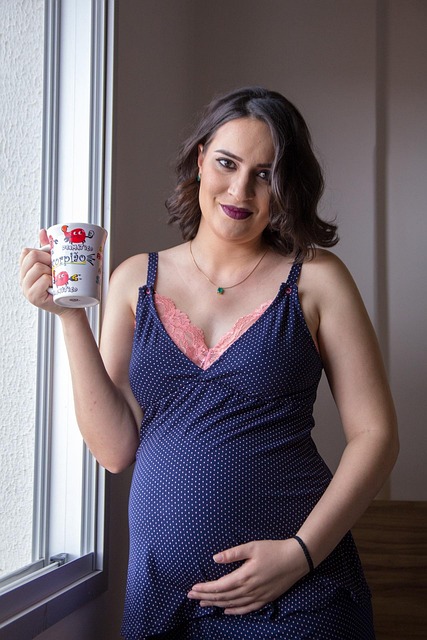As a professional in maternal health, I often encounter the remarkable resilience and adaptability of mothers. Recently, I came across an amusing anecdote involving a toothbrush that had been improperly used—a common incident that highlights the unique experiences mothers face daily. This particular toothbrush, smeared with an unpleasant substance and adorned by a stray corn kernel, serves as a testament to the unconventional challenges of motherhood. Such moments often provoke amusement rather than horror, particularly for mothers who have become accustomed to the unexpected.
Here are several key indicators that encapsulate what it truly means to be a mom:
- You possess the ability to multitask—responding to emails, attending to personal needs, and preparing meals—all while being actively engaged with a child.
- When you find a brief moment of solitude, your initial reaction is a momentary panic that you may have forgotten your child.
- Your handbag is more likely to be filled with your child’s items than your own personal belongings.
- In moments of silence, rather than feeling relieved, you instinctively worry about the potential mess your children may be creating.
- You discover remnants of bodily functions in unexpected places, like bathtubs or even on pillows—an experience that would astonish those without children.
- A night out with friends often results in an early return home, either sober or slightly tipsy, as you are aware that early mornings await.
- While you may forget where you parked at the grocery store, your mind remains a perfect archive of your children’s fluctuating food preferences.
- You observe your infant chewing on a sibling’s clean clothing and choose to let it slide—content that they are happy and occupied.
- While you might not indulge in luxurious bath products for yourself, your children likely have an array of bath toys and fun soaps.
- You consider it a victory if you manage to shave your legs up to your knees during a shower.
- Your meal planning shifts from gourmet dishes to kid-friendly staples like chicken nuggets and macaroni and cheese.
- You often find yourself inventing new, creative threats to manage your children’s behavior.
- You can identify your child’s cries from a distance, discerning between distress and mere frustration.
- You acquire a remarkable ability to interpret your child’s whines based on their needs, whether they are tired, hungry, or simply bored.
- Although you like to think fashion influences your footwear choices, comfort and ease of removal become the primary factors.
- You handle questions about anatomy and bodily changes with unflinching composure.
- To maintain your sanity, you encourage your children to engage with acceptable television programming while limiting exposure to less desirable shows.
- You experience a pang of disappointment as your children grow and express a preference for entertainment that you disapprove of.
- You can provide satisfactory answers to your child’s inquiries while only half-listening, but you know the importance of verifying their statements before responding.
- You associate each stretch mark with a specific pregnancy—each line a reminder of the journey of motherhood.
- You have no reservations about personal routines, such as showering or using the restroom, in front of your children, yet demand privacy for more sensitive tasks.
For those exploring the journey of motherhood, resources like this one on artificial insemination can be invaluable. Additionally, if you’re considering home insemination, this article provides a comprehensive overview of the process. It’s also advisable to consult experts such as those at Boost Fertility Supplements who can provide guidance on enhancing fertility.
In summary, motherhood is a blend of remarkable resilience, adaptability, and humor in the face of chaos. Each experience shapes the unique bond between mother and child, creating a tapestry of memories that define the maternal journey.
Keyphrase: indicators of motherhood
Tags: [“home insemination kit” “home insemination syringe” “self insemination”]
